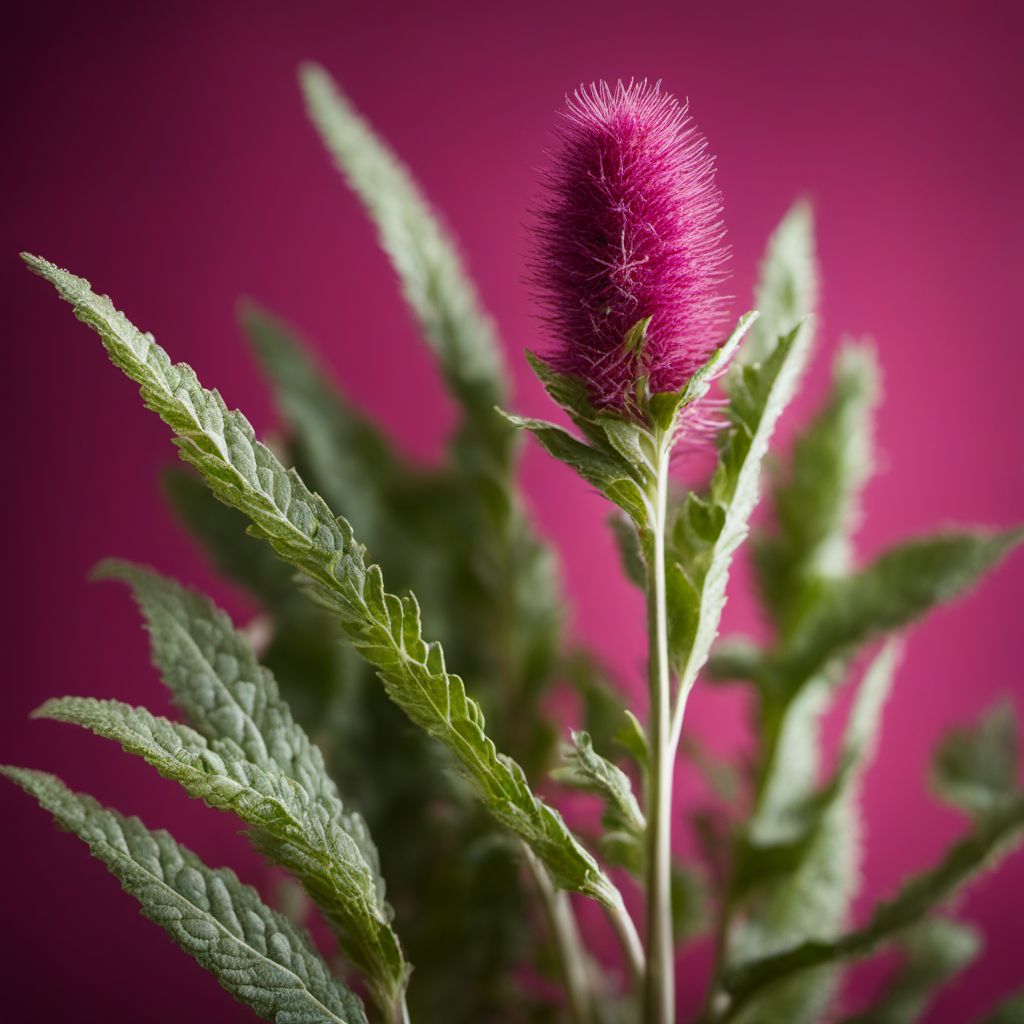
Ingredient
Prince of Wales-feather amaranth grain
The Majestic Grain: Unveiling the Prince of Wales-Feather Amaranth
Prince of Wales-Feather Amaranth Grain, also known as Amaranthus cruentus, is a vibrant and eye-catching grain that features long, feathery plumes in shades of red, purple, and green. Its small, round seeds have a slightly nutty flavor and a delicate, chewy texture. This grain is visually stunning and can elevate the presentation of any dish, making it a favorite among culinary enthusiasts.
Origins and history
Native to the Americas, Prince of Wales-Feather Amaranth Grain has a rich history dating back thousands of years. It was a staple crop for the Aztecs and Incas, who highly valued its nutritional properties and used it in various traditional dishes. Over time, it spread to other parts of the world and gained popularity for its ornamental value as well.
Nutritional information
Packed with nutrients, Prince of Wales-Feather Amaranth Grain is a great addition to a healthy diet. It is rich in protein, fiber, iron, and calcium, making it a valuable source of essential nutrients.
Allergens
There are no known allergens associated with Prince of Wales-Feather Amaranth Grain.
How to select
When selecting Prince of Wales-Feather Amaranth Grain, look for plumes that are vibrant in color and free from any signs of wilting or discoloration. The seeds should be intact and have a uniform size. Opt for organic varieties whenever possible to ensure the highest quality.
Storage recommendations
To maintain the freshness and quality of Prince of Wales-Feather Amaranth Grain, store it in an airtight container in a cool, dry place. It can also be stored in the refrigerator or freezer for extended shelf life.
How to produce
Prince of Wales-Feather Amaranth Grain can be grown by amateur gardeners in warm climates. Sow the seeds in well-drained soil and provide ample sunlight. Regular watering and occasional fertilization will help the plants thrive. Harvest the plumes when they are fully mature and dry them before removing the seeds.
Preparation tips
Before cooking, rinse the Prince of Wales-Feather Amaranth Grain thoroughly to remove any debris. To cook, combine one part grain with two parts water or broth and bring to a boil. Reduce the heat, cover, and simmer for about 20 minutes or until the grains are tender. Use it as a base for salads, pilafs, or as a nutritious addition to soups and stews.
Culinary uses
Prince of Wales-Feather Amaranth Grain is a versatile ingredient that can be used in a variety of culinary creations. It can be cooked and used as a substitute for rice or quinoa, added to salads for a pop of color and texture, or ground into flour for baking. Its unique appearance also makes it a stunning garnish for both sweet and savory dishes.
Availability
Prince of Wales-Feather Amaranth Grain is commonly available in regions with a diverse culinary scene, including North and South America, Europe, and Asia.

